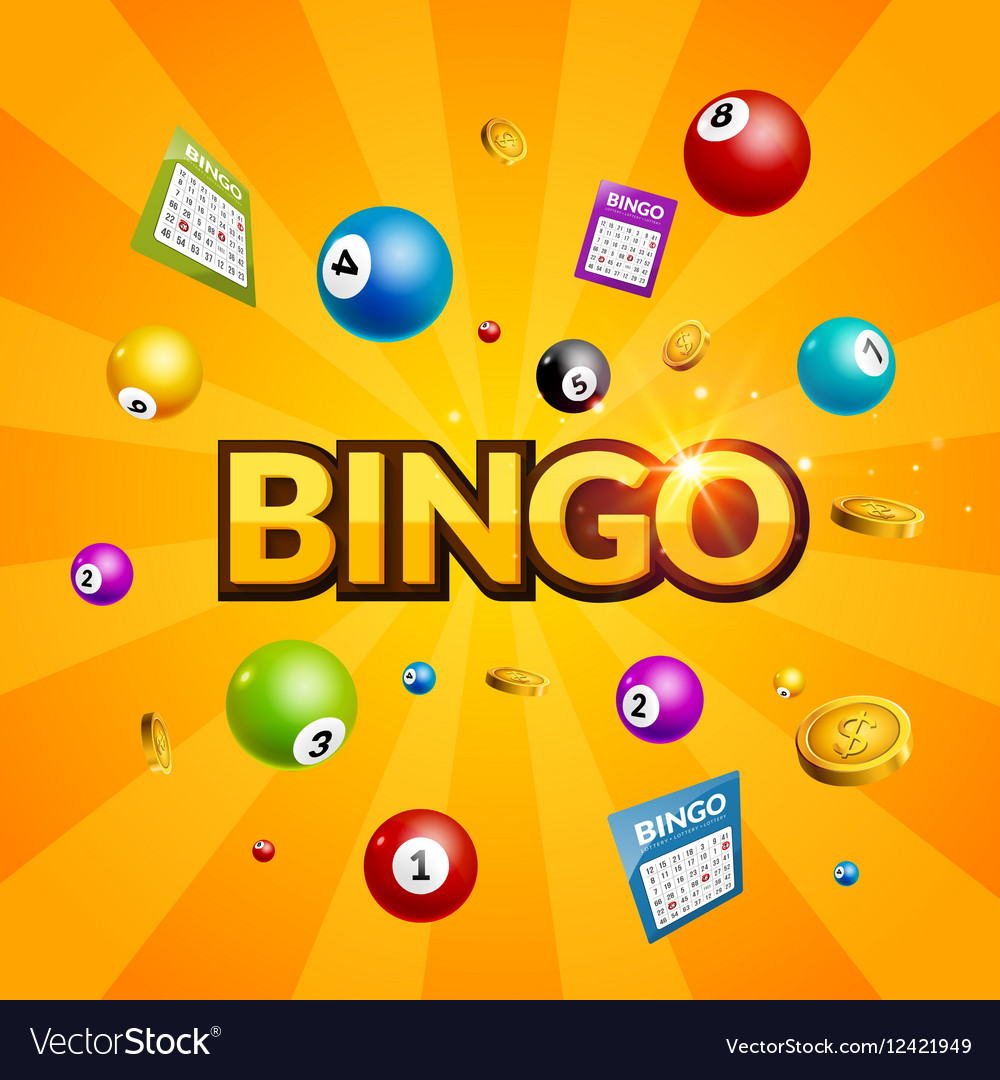
St. Louis University is a Jesuit school that prepares students for college. It is a school that focuses on diversity and provides a great education experience. To get the best results, SLUH needs a strong branding system with logos, graphics, and messaging that will drive success. SLUH is now a stronger, confident brand that can realize its full potential.
St. Louis University High School
St. Louis University High school is a Catholic private high school for boys located in the Archdiocese St. Louis, Missouri. It was established in 1818 and is the oldest secondary school west the Mississippi River. It is Missouri’s largest private high-school.

Jesuit school
St Joseph's Catholic Highschool is a secondary and mixed modern school. It's situated in Slough. It is part of the Diocese of Northampton and has 800 places available for students. It was previously known as a voluntary aided school, but it converted to academy status in December 2016. Today, it is sponsored by the St Thomas Catholic Academies Trust.
College prep school
The college prep school at SLUH is dedicated to a comprehensive education that prepares students for college success. SLUH was founded in 1922 and has more than a thousand students. The school utilizes technology to enrich the curriculum. This includes ninety electives and six foreign languages. There are also over twenty Advanced Placement classes. In 2015, SLUH scholars took 981 AP exams, and 89% of the students passed and received college credit. The average ACT score for the graduating class of almost 1,100 students was 30%. Students scoring 33 or higher scored on average.
Diverse Student Body
The SLU should examine the history and consequences of historically marginalized communities. It should ensure that students and faculty come from diverse backgrounds. And, it should take the appropriate steps to empower and protect vulnerable communities. It should also be active in fighting injustice.

Danis Field House
The Danis Field House in Sluh is a stand-alone, three-level arena that is adjacent to the main school building and the recreation fields. It is the home of wrestling, volleyball, basketball, and other physical education programs.
FAQ
What is early education for children?
Early Childhood Education refers to a field dedicated to helping children become happy, healthy adults. This includes teaching children how to read and preparing them for kindergarten.
Early childhood education's goal is to help children learn through age-appropriate experiences.
Early childhood educators are frequently called upon by parents to assess the developmental needs and abilities of any child they encounter. This assessment is used to determine if a specific program would be beneficial for each child.
Parents can interact with teachers and professionals who have had experience working with young kids through early childhood programs.
The role of parents is equally important in the early childhood education. They need to be able to provide guidance and support for their children, and they must also know how to care for them properly.
Parents can participate in activities that will teach their children life skills.
While preschool education is sometimes called early child education, the term is also used interchangeably to describe daycare centers. Prekindergarten education begins at three years of age, but early childhood education can begin around three.
What amount of money can a teacher earn in early education? (earning potential)
The median salary for early childhood teachers is $45,000 per calendar year.
However, there are areas where salaries tend to be higher than average. Teachers in large urban schools receive higher salaries than teachers in rural schools.
Salaries are also affected by factors like the size of the district and whether or not a teacher holds a master's degree or doctorate.
Teachers make less at first because they aren't as experienced as other college graduates. But their earnings can rise significantly over time.
Is it necessary to attend college in order to be an early childhood educator
Yes, but you may consider attending college to help prepare for a career.
It is important to remember that it is not easy to become a teacher. Each year there are many applicants that are not accepted into programs. Many students also quit college after only one semester.
To be a teacher, you will need to have strict qualifications.
What's the point of education or schooling?
Education should provide students with skills that will help them find work. It is not only an academic pursuit, but also a social activity in which children can learn from each other and gain confidence through participating in sports, music, or art. Education is about learning to think critically and creatively so that students can be self-reliant and independent. What does it mean for a school to be able to meet high educational standards?
Education standards that ensure all students reach their full potential are good. They provide a clear set of goals teachers work towards with their pupils. Educational standards should be flexible enough that schools can meet changing needs. Equal opportunity for all children, regardless of background, must be provided.
What is a trade school?
Trade schools can be an alternative for those who have not had success in traditional higher education to obtain a degree. These schools offer career-focused programs that prepare students for specific jobs. These programs require students to complete two years of coursework in one semester. After that, they enter a paid apprenticeship program in which they acquire a job skill and get on-the-job training. Trade schools are vocational schools and technical colleges, as well community colleges, junior colleges, universities, and other institutions. Some trade schools also offer associate degrees.
What factors should you consider when choosing your major?
The first step is to decide whether you prefer to enter a particular profession straight away or attend college. Then you should make a list of your interests and talents. You might be interested in reading, listening and watching music, or talking to people. Your talents could include singing, writing, painting, sewing, crafting, cooking, baking, cooking, woodworking and gardening. When you identify your talents and interests, you can use these to guide you in choosing a major.
Art history and fine art might appeal to you if you are interested in becoming an artist. Biology is a great option if you love animals. If you'd like to become a doctor, you might look at pre-medicine or medical technology. Computer science and computer networking are options for those who want to pursue a career in computer science. There are many options. It's important to consider what you would like.
Statistics
- Data from the Department of Education reveal that, among 2008 college graduates, 92.8 percent of humanities majors have voted at least once since finishing school. (bostonreview.net)
- And, within ten years of graduation, 44.1 percent of 1993 humanities graduates had written to public officials, compared to 30.1 percent of STEM majors. (bostonreview.net)
- They are also 25% more likely to graduate from high school and have higher math and reading scores, with fewer behavioral problems,” according to research at the University of Tennessee. (habitatbroward.org)
- They are more likely to graduate high school (25%) and finish college (116%). (habitatbroward.org)
- “Children of homeowners are 116% more likely to graduate from college than children of renters of the same age, race, and income. (habitatbroward.org)
External Links
How To
What is vocational education?
Vocational Education, which is an educational system that prepares high school students for jobs after college or high school, provides them with training in specific skills required for a job (e.g. welding). You can also get on-the job training through apprenticeship programs. Vocational education stands out from general education. This is because it focuses less on general knowledge and more on developing skills for specific occupations. Vocational education does not prepare students for university, but it helps them find work after graduation.
Vocational education can take place at all levels of schooling. This includes primary schools, secondary schools and colleges, universities as well as colleges, technical institutes, technical colleges, trade schools, community college, junior colleges, four-year colleges, and colleges. There are many schools that specialize in specific subjects, such as nursing schools (law schools), medical schools, dental school, veterinary medicine and firefighting schools. These schools offer both practical and academic training.
Over recent decades, there have been significant investments made in vocational education by many countries, including Australia, Denmark (Finland), Germany, Ireland and Japan. The effectiveness of vocational training is still a controversial topic. Some critics believe it doesn't help students get hired, while others claim that it helps prepare them for life after high school.
The U.S. Bureau of Labor Statistics estimates that 47% of American adults possess a postsecondary certificate, or degree related to current occupation. This is a higher percentage among those who have more education. 71% are currently employed in fields that require postsecondary qualifications.
According to the BLS in 2012, almost half of Americans had at the least one type of postsecondary credential. About a third of Americans were able to obtain a twoyear associate degree. Another 10% had a fouryear bachelor's. One out of five Americans held a master's degree or doctorate.
The median annual salary for people with a bachelor's was $50,000. This compares to $23,800 for those who don't have a degree. The median wage for advanced degrees holders was $81,300.
The median wage for those who didn't complete high school was $15,200. Those with less than a high school diploma earned $13,000 per year.